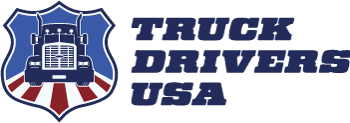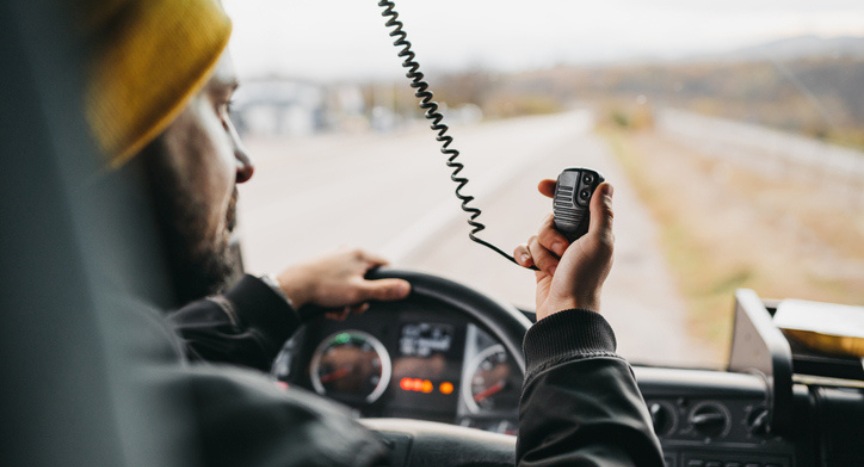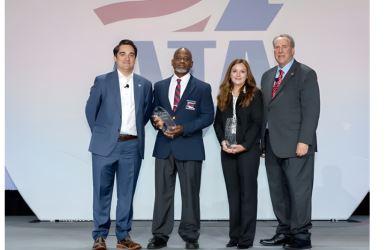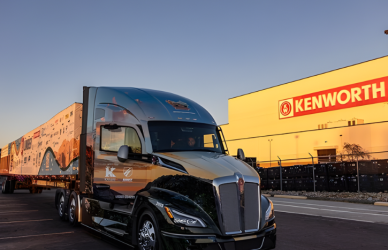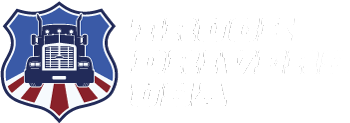For years, Citizens Band (CB) radios have been an essential communication tool in the trucking industry, with CB handles serving as the signature identity of truck drivers. These handles go far beyond mere functionality; they unite drivers through a shared sense of community and culture. Exploring the evolution of CB handles highlights their cultural significance and lasting relevance in trucking.
A Glimpse Into the Origins of CB Radios and Handles
The story of CB radios begins in the 1940s, when the Federal Communications Commission (FCC) designated certain radio frequencies for personal and professional use. Truckers were among the first to adopt this technology, using CB radios as a tool for long-distance communication and real-time updates during their travels. Out of this practice grew CB handles—personalized nicknames that truckers would use to chat over radio waves. Over time, what began as practical communication morphed into a tradition deeply rooted in trucker culture. These handles not only helped drivers identify each other but also created an air of familiarity and camaraderie between individuals navigating the highways.
The 1970s Boom of CB Radios and Handles
Truckers and CB radios gained significant cultural visibility throughout the 1970s. This era marked the “Golden Age” of CB radios due in part to the growing popularity of trucker culture, exemplified by entertainment hits like Smokey and the Bandit (1977). During this period, CB handles became a form of self-expression. Drivers adopted monikers that were often inventive, funny, or reflective of their personality, such as “Bandit,” “Little Red,” and “Big Rig.” These names weren’t just about being recognizable on the airwaves—they became a proud symbol of the independence, resilience, and individuality that defined the trucking lifestyle during this iconic decade.
The Decline of CB Radios in a Digital Age
However, as communication technologies changed in the late 1990s and 2000s, CB radios began losing ground. With the advent of mobile phones, GPS systems, and other tech-savvy tools, truckers started turning to these new methods for easier and more efficient communication. Consequently, the tradition of using CB handles also started to fade. Drivers began relying on formal names or vehicle numbers, and fewer newcomers adopted CB handles, causing a gradual decline in their prevalence.
A Revival of CB Radios and Trucker Handles
Despite their decline, CB radios remain a trusted tool for many long-haul truckers, especially in rural areas where cell service is unreliable. Recent years have even seen a revival, as drivers rediscover the unique benefits CB radios provide. Alongside this renewed interest, CB handles have made a comeback, offering truckers a way to hold onto a treasured tradition while reflecting modern sensibilities. Today’s truckers are proving that creativity and tradition can co-exist as they adapt these classic nicknames to fit current times.
The Enduring Legacy of CB Handles
Over the decades, CB handles have transformed from a practical necessity to a cultural emblem of the trucking profession. They represent more than just a way to communicate—they highlight the adaptability and resilience of trucker culture itself. Although technology continues to change how truckers stay connected, CB handles have stood the test of time, offering both functional value and a deeply symbolic expression of camaraderie.
